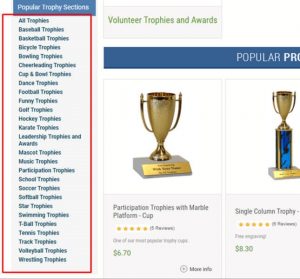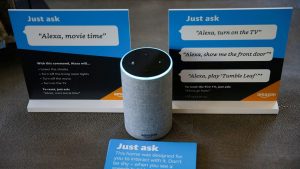Big New Video Targeting Tools Come With Big Costs
New ways to target audiences also mean higher costs to marketers. Some silver lining here: Your media agency existing tools are still good place to start.
“The agency tool kit is actually pretty good,” says Josh Martin, executive vp/head of mass acquisition media at Performics, in speaking at MediaPost’s TV & Video Insider Summit. Martin says, for example, syndicated research companies such asMRI remains helpful.
But that is just a start. In addition to looking at cable networks age and demographics, says Martin, the agency will ask “if the viewer staying for the full length of the program? Are they also staying tuned to the commercial break.”
As a way of measuring results for his agency in analyzing some of its network selection criteria, Martin compared this to programmatic TV providers.
He says: “There was perhaps 90% overlap in placements, [with] a few points of differentiation.” This differentiation, he says, might be due to talent, content issues or sports sponsorship element.
Future targeting tools — first party, second party and other data — continues to hold promise, he says.
For example, when considering back surgery or back remedies from a number of providers, such as Laser Spine Institute, Copper Fit which have big TV presences, agencies can target specific audiences — say people with bone spurs, bulging disks, or pinched nerves.
“The idea of age and demo is meaningless,” he says. Martin say lots of data can be gleaned from consumer search behavior.
Many results are while lifts in engagement and other metrics can occur, so to will media spend. Martin says costs in this targeting can be four to six times more.
Better targeting/segmenting works, even when it comes to somewhat longer creative.
James Chanter, media director of m/Six, says for a financial services marketer client there was a 85% plus video completion rate for a three and half minute long spot, when comparing new targeted audiences versus generic audiences. And the spot was skippable.
But doing similar other new targeting for a jewelry marketer, with higher CPMs, didn’t work as well. With website activity grew 30% to 40%, with sale revenues only improving 15%.
“So in that instance, targeting didn’t work,” he says. Chanter says this could be due to the narrow luxury space. Alternately he believes perhaps going toward more mass marketing — at a lower CPM — would have seen better results.
(50)
Report Post






